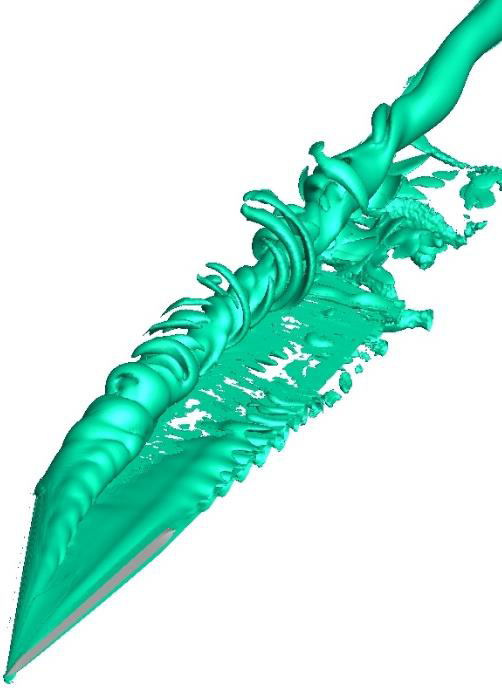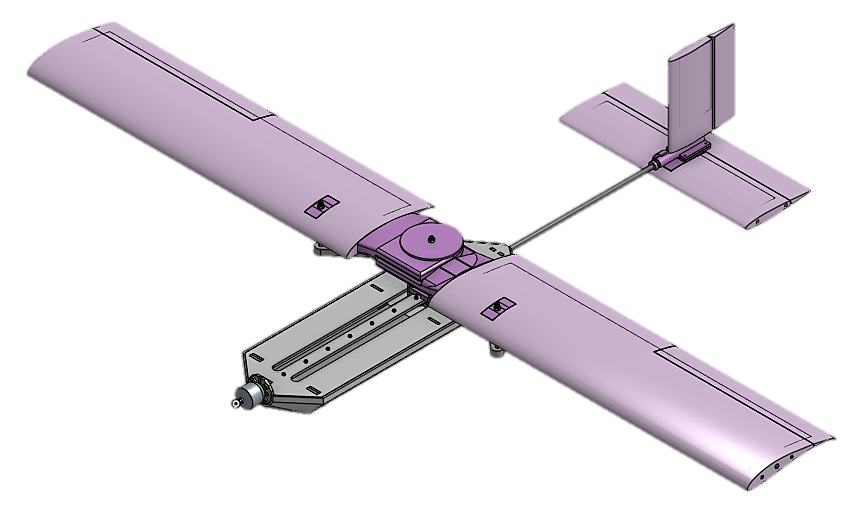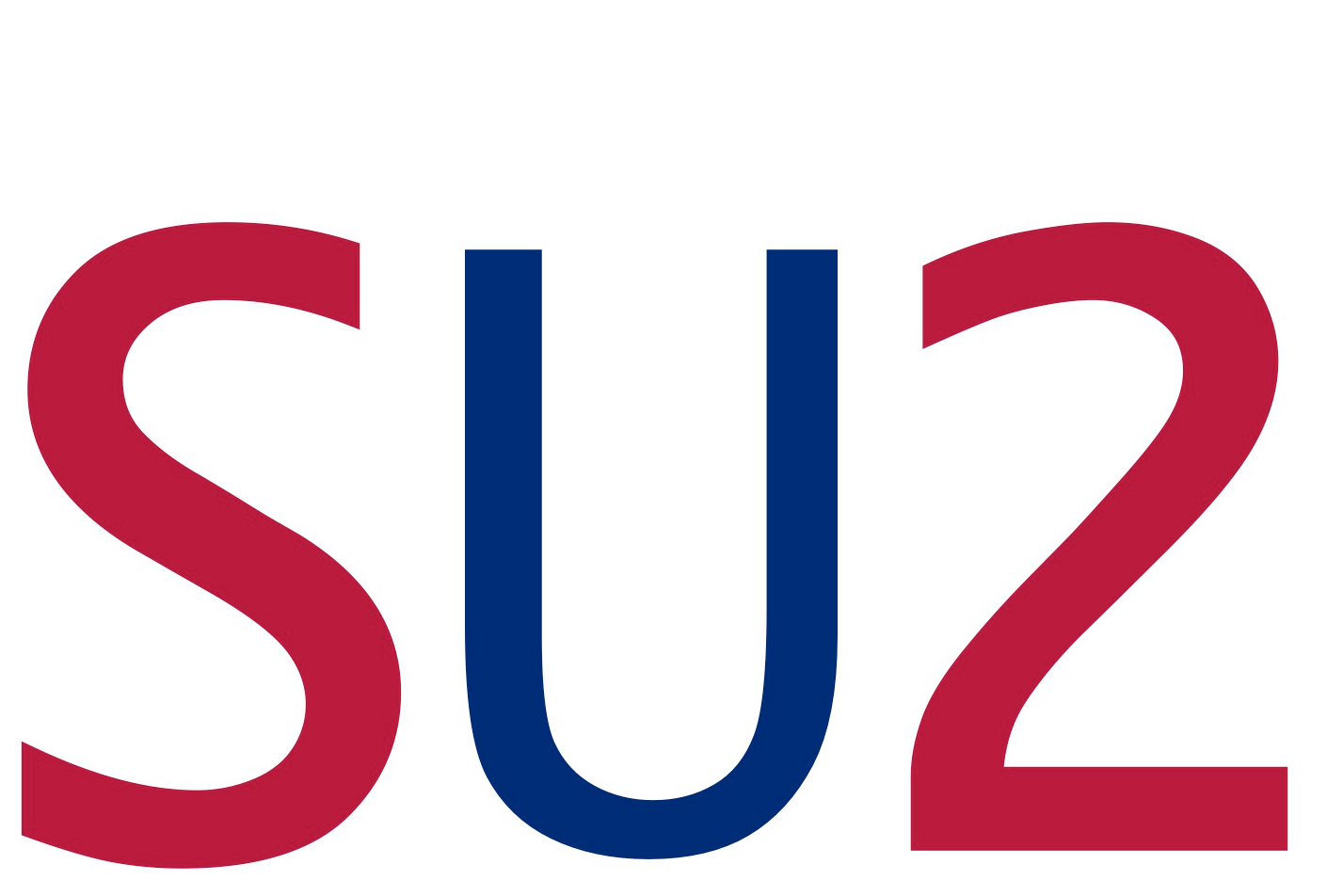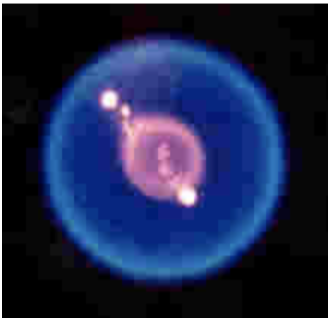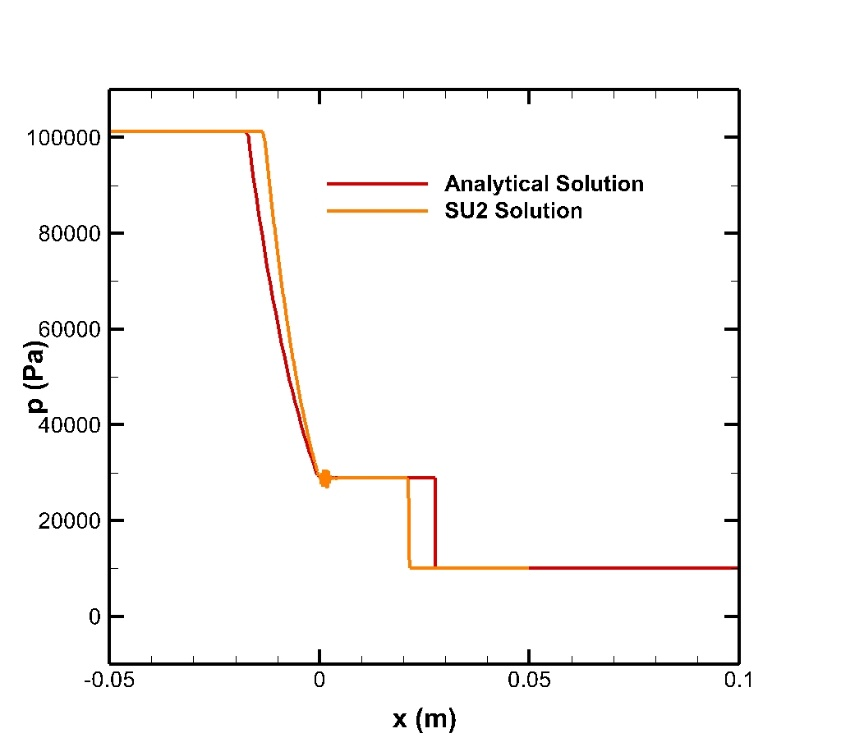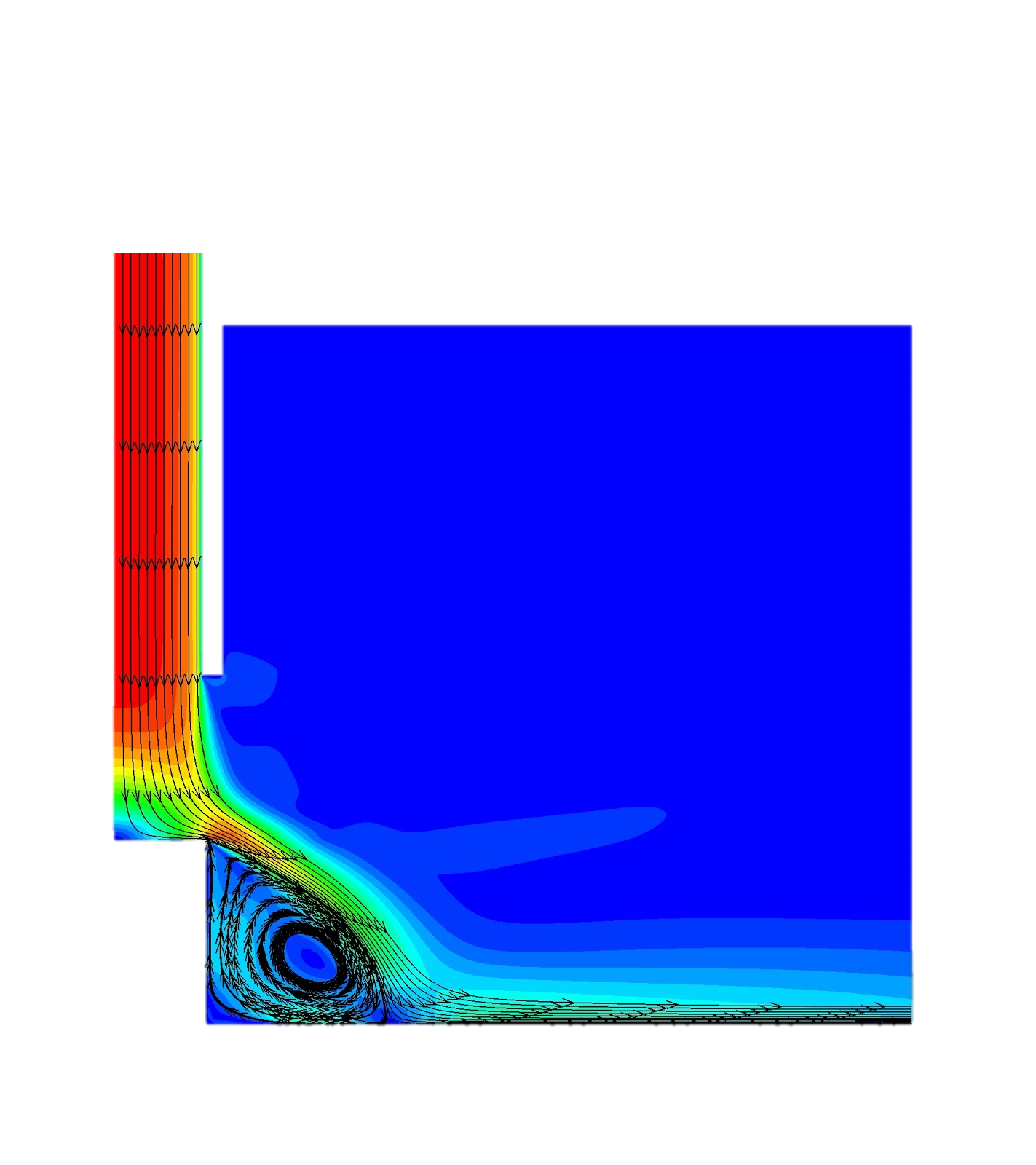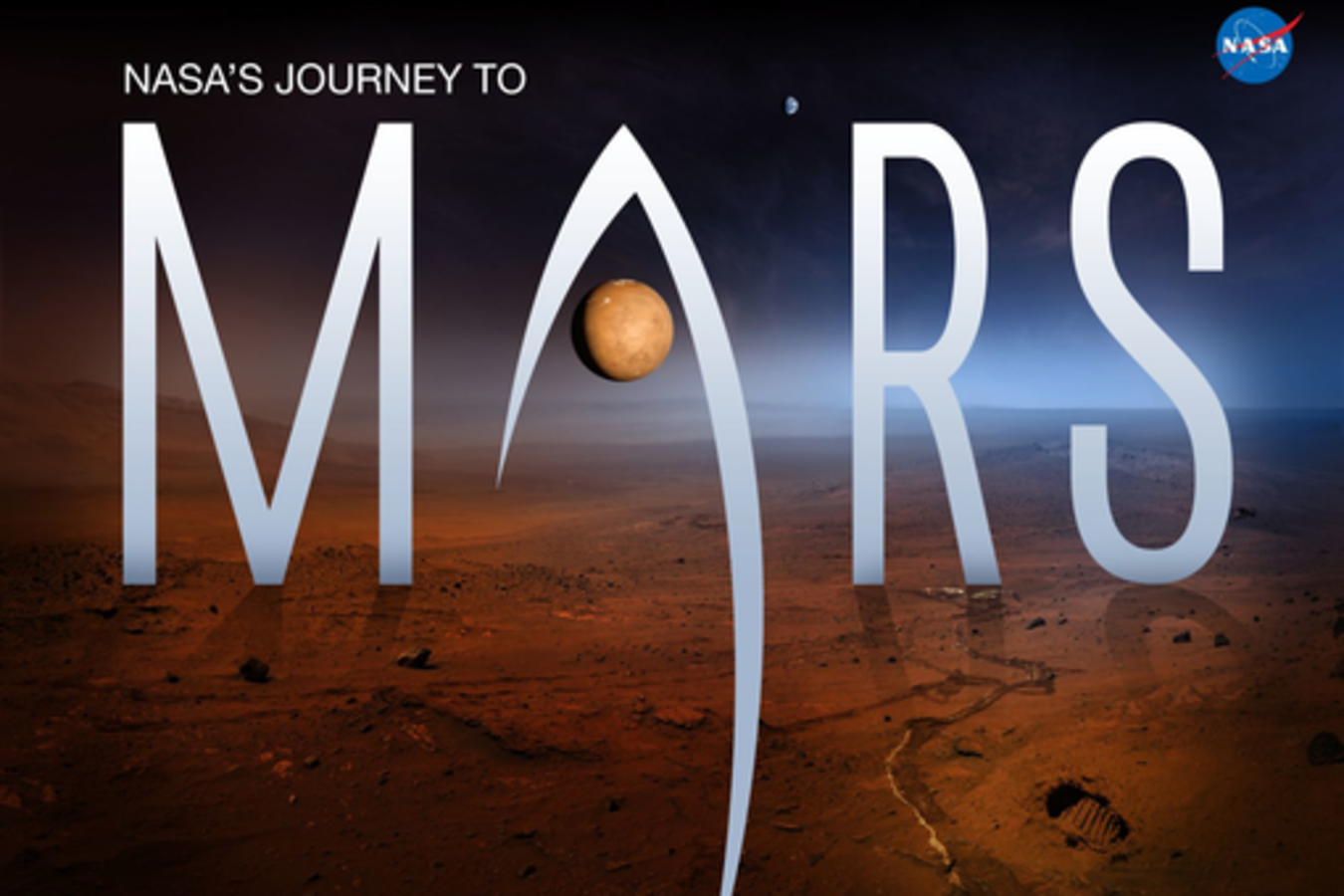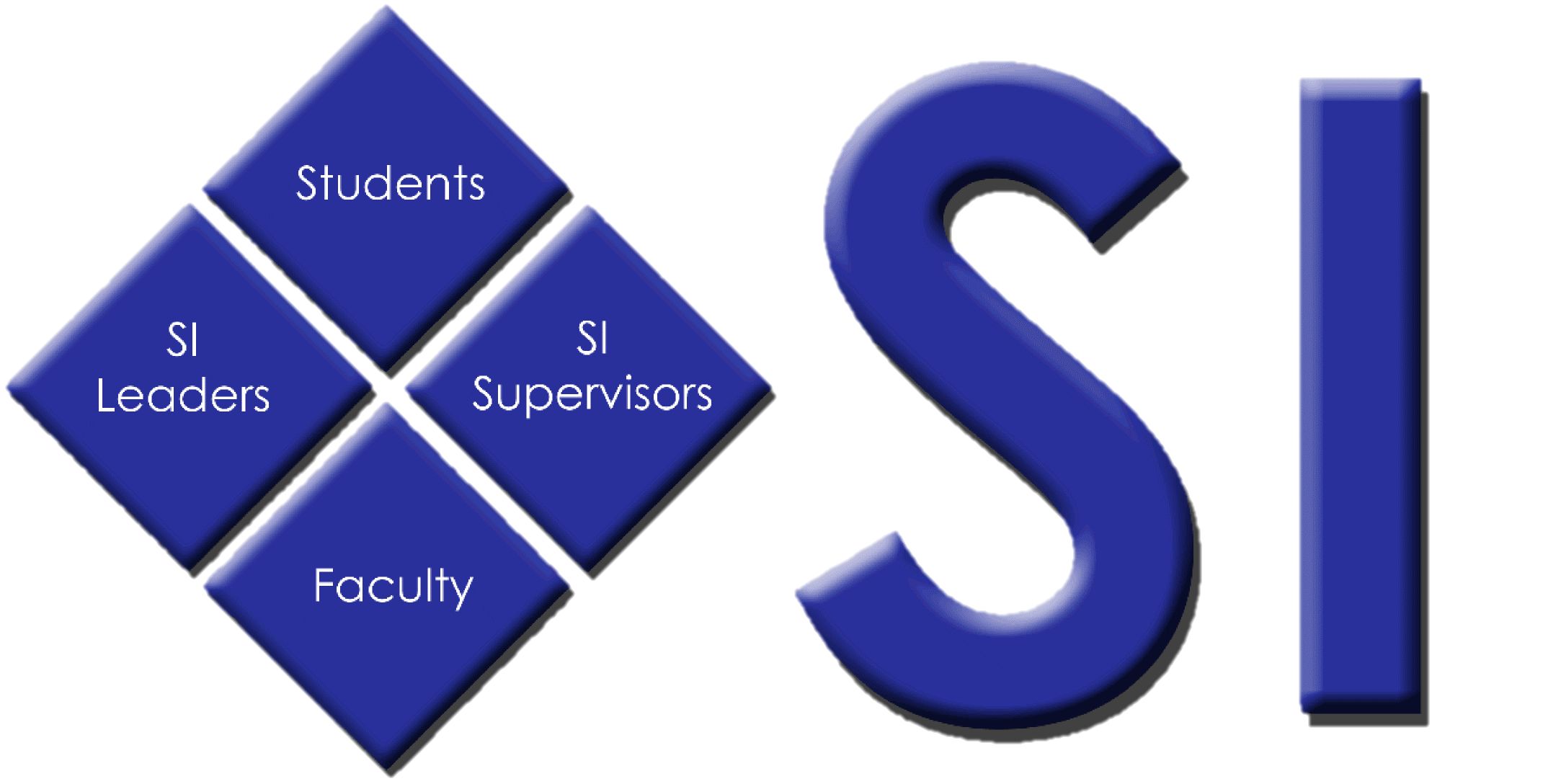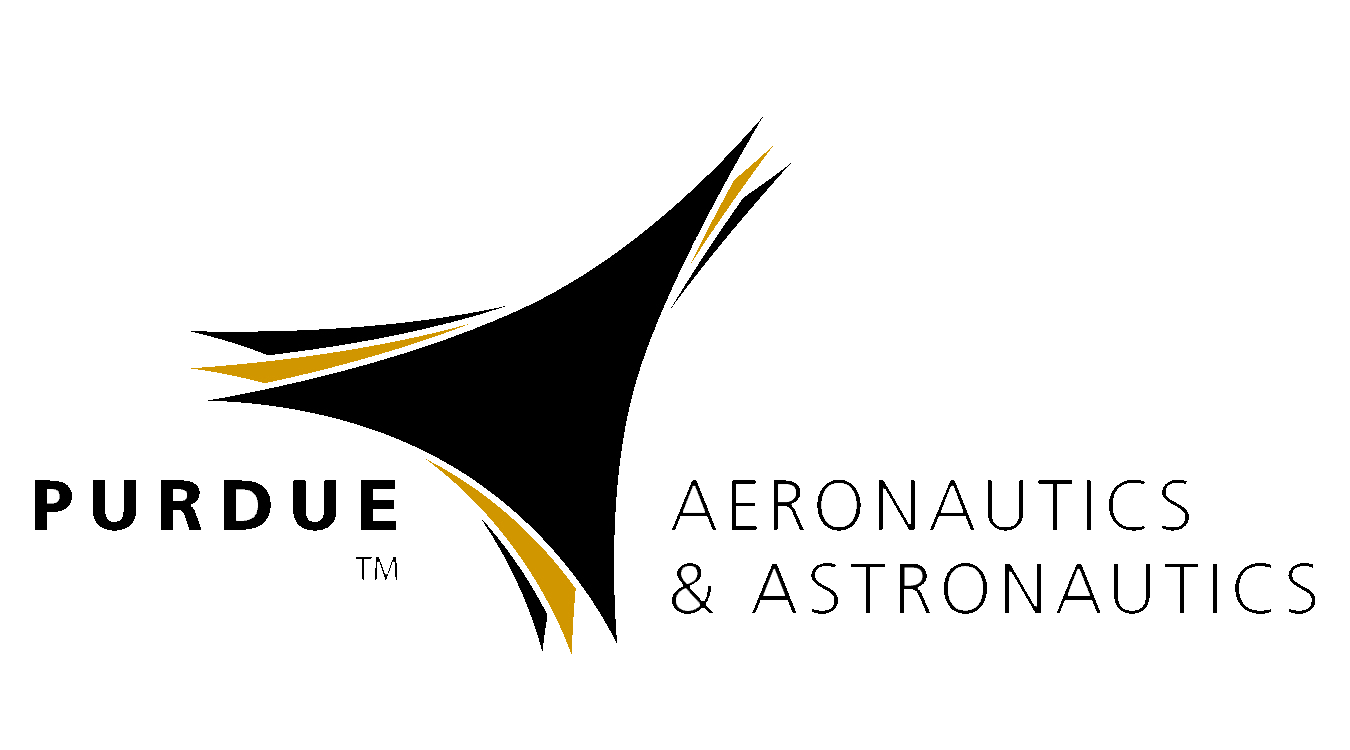Engineering Experience
Engineering Intern (Aerodynamics)
Honda Aircraft Company
June 2018 - Sept 2018
• Developed grids for CFD analysis of new parts on the HondaJet HA-420 aircraft.
• Developed new forms used to check manufacturing tolerances on aerodynamic surfaces of the HondaJet HA-420.
• Determined appropriate inputs for using BAY model to simulate vortex generators (VG) in CFD over a range of VG sizes.
• Developed a novel, highly automated calibration procedure to determine BAY model inputs for multiple parameters.
CFD Research Apprentice
Technische Universität Braunschweig
May 2016 - Aug 2016
• Investigated longitudinal vortices generated by delta wings at high AOA using CFD Simulations.
• Compared results from different turbulence models and past research to validate methods.
• Automated analysis and calculation using BASH script to generate more data in a short time.
• Drafted a report to aid the set-up of an experiment to evaluate strake vortices over high-lift wings.
• Developed a Modular Grid approach to generate a custom mesh for each case.
• Used hybrid meshing with structured and unstructured cells to optimize speed and accuracy.
Aerodynamics Team Leader
Purdue Formula SAE
Aug 2014 - Dec 2016
• Designed and tested all aerodynamics components of the car for the Formula SAE competition.
• Developed 3D models and ran CFD analysis for the aerodynamics components of the car.
• Planned and coordinated wind tunnel test to collect data on present components and new ideas.
• Automated CFD analysis using Java macros; automated design using optimization algorithms.
• Trained new members of the team in basics of aerodynamic design and CFD analysis.
• Manufactured aerodynamic components of the car using composite materials (carbon fiber).
Aerodynamic Design - Tube Launched UAV
Purdue University
Aug 2016 - Dec 2016
• Teamed with seven students to design and build a tube launched, fixed wing, electric powered UAV.
• Led the design of aerodynamics of the airplane – conducted CFD analysis in XFLR5 and Star-CCM+.
• Brainstormed and implemented ideas to fit the wings in the launch tube and deploy the wings upon launch.
• Investigated simpler tail attachment mechanism in an Individual Trade Study.
• Analyzed Launch Dynamics with Equations of Motion solved using MATLAB to determine launch constraints on the Constraint Diagram.
SU2 Developer
Aerospace Design Lab, Stanford University
Sept 2018 - present
• Implement the BAY Model for VGs in SU2 to simulate VGs using a source term rather than a body-fitted mesh.
• Study potential improvements to the BAY Model to make it easier to use.
Coursework and Other Projects
Convolutional Neural Network for Combustion Analysis
CS 229A: Applied Machine Learning (Stanford University)
Nov 2018 - Dec 2018
• Applied a CNN for image analysis to study combustion and flame extinguishment properties for experiment on the ISS
• Achieved accuracy of ±5% for 90% of images in testing set.
• Developed methods to reduce dimentions of the problem.
• Trained CNN by tuning hyperparameters to minimize variance and bias.
Numerical Simulation of Flow in Ludweig Tube
Prof. Jonathan Poggie, Purdue University
Aug 2016 - April 2017
• Applied CFD to simulate flow in a Ludweig Tube for the Air Force Research Laboratory.
• Modified the Stanford SU2 code to add new functionality required for the project.
Numerical Simulation of Impinging Jet Flow Heat Transfer
AAE 412: Introduction to CFD (Purdue University)
Nov 2016 - Dec 2016
• Simulated heat transfer in flow from an impinging jet using different turbulence models.
• Developed the mesh/grid for all flow cases using Pointwise.
• Guided teammates with CFD since this project was their first experience with CFD.
Systems Design - NASA Journey to Mars
AAE 590: Practical Systems Thinking (Purdue University)
Jan 2016 - May 2016
• Integrated political policies into engineering problem formulation and analysis.
• Analyzed stakeholders and their needs for different projects.
• Presented NASA’s plan for the next 4 years to the presidential transition team (mock-up).
Leadership and Volunteering
Thermodynamics Supplemental Instruction Leader
Student Success at Purdue
Jan 2015 – May 2016
• Facilitated bi-weekly sessions for ME 200 – Thermodynamics (2016).
• Collaborated with students to improve their understanding of difficult thermodynamic concepts.
• Coached students to develop ‘study skills’ that they can apply throughout their college career.
• Conducted sessions for CS 159 – Programming Applications for Engineers (2015).
Student Ambassador
School of Aeronautics and Astronautics, Purdue University
Aug 2015 – Dec 2016
• Presented information to large groups of people to promote the school.
• Led campus facility tours for prospective students and their parents.
• Represented Purdue AAE at various events.
Student Mentor
Kids Hope USA
Feb 2016 – Dec 2016
• Mentored an at-risk elementary school student in one-on-one weekly hour-long meetings.
• Planted a seed of interest for Aerospace Engineering in the child.

